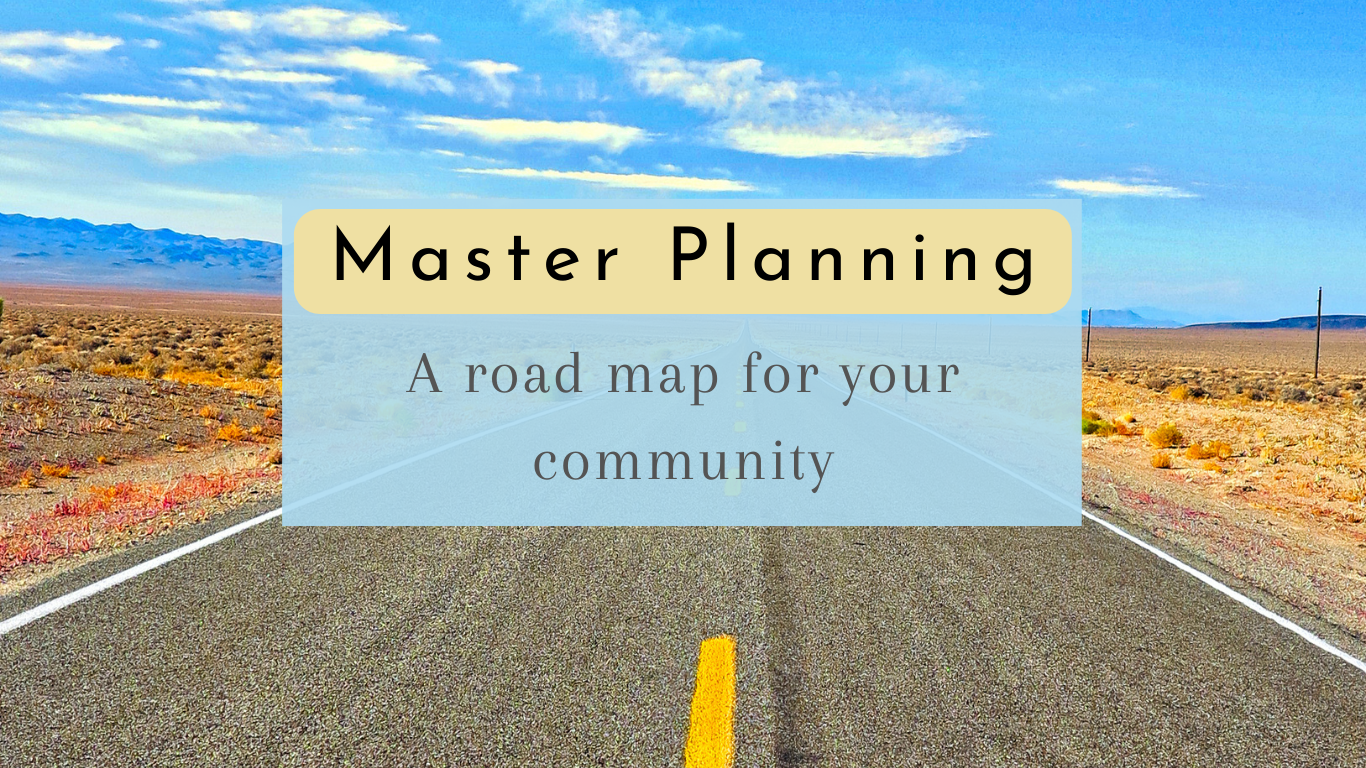Taking In the Outdoors
Writer E.M. Forster once said, “What is the good of your stars and trees, your sunrise and the wind, if they do not enter into our daily lives?” That is the essence of why people seek places. By nature, people are attracted to integrating indoor and outdoor spaces, with easy access to biking/walking paths, hiking trails, dog parks, and pools.
Researchers have found connecting with the outdoors has many benefits for people of all ages, including improved thinking and reasoning skills, and enhanced physical strength and endurance. Among the findings from various studies, there is evidence of a connection between access/exposure to nature and:
Improved cognitive function, brain activity, blood pressure, mental health, physical activity, and sleep.
Increased levels of physical activity and lowered cardiovascular disease risk.
Lowered rates of depression, anxiety, cognitive impairment, and chronic disease.
Self-reported good health and/or well-being (with just 120 minutes of contact with nature weekly).
Reduced feelings of isolation and increased calm and positive mood.
While studies have different focuses and involve a variety of participants, it is clear nature is a must-have for both physical health and mental/cognitive function. This idea is gaining traction among policymakers and even city planners. There is growing talk about “park deserts” in urban areas designed to expand parks and create more green spaces in cities dominated by concrete and tall buildings. There is a focus on creating more blue spaces in environments where surface waterbodies or watercourses are dominant. When these spaces are developed in conjunction with green spaces, there may be a reduction in heat-related illnesses exacerbated by high urban temperatures. Studies also show that blue spaces promote calm and stimulate healing.
Access to the outdoors must be inviting, accessible, comfortable, and safe, enabling varied activities and experiences. For communities, this means more than just having a pool with spaces for seating and maybe a barbeque pit. It increasingly means amenities like outdoor kitchens, entertainment areas (with TVs, sound systems, and Wi-Fi access), courts (for tennis, pickleball, basketball, etc.), dog parks, covered areas for dining, meditation/yoga spaces, and more. All while being centrally located and beautiful – with thoughtful landscapes, gardens, and even orchards. More than ever, people want to take their activities and their lives outdoors. So, get out there and take in all that nature has to offer!
About Pi Architects Landscape Design:
Pi Architects’ Landscape design brings together natural elements that add beauty, harmony, and purpose to the community. Thoughtful landscape design creates opportunities for enjoying a tranquil sunset over the community pool or strolling along pathways that energize and improve wellness.
Pi’s Landscape design begins with an in-depth site analysis to evaluate existing features and maximize site opportunities. Elements such as the sun, wind direction, trees, and topography are studied to optimize building layout and flow. Our team balances site constraints, zoning requirements, architectural guidelines, and other site opportunities to create designs that beautify and add value to the community.
Pi Architects | Contact us here or call us at 512-231-1910.









